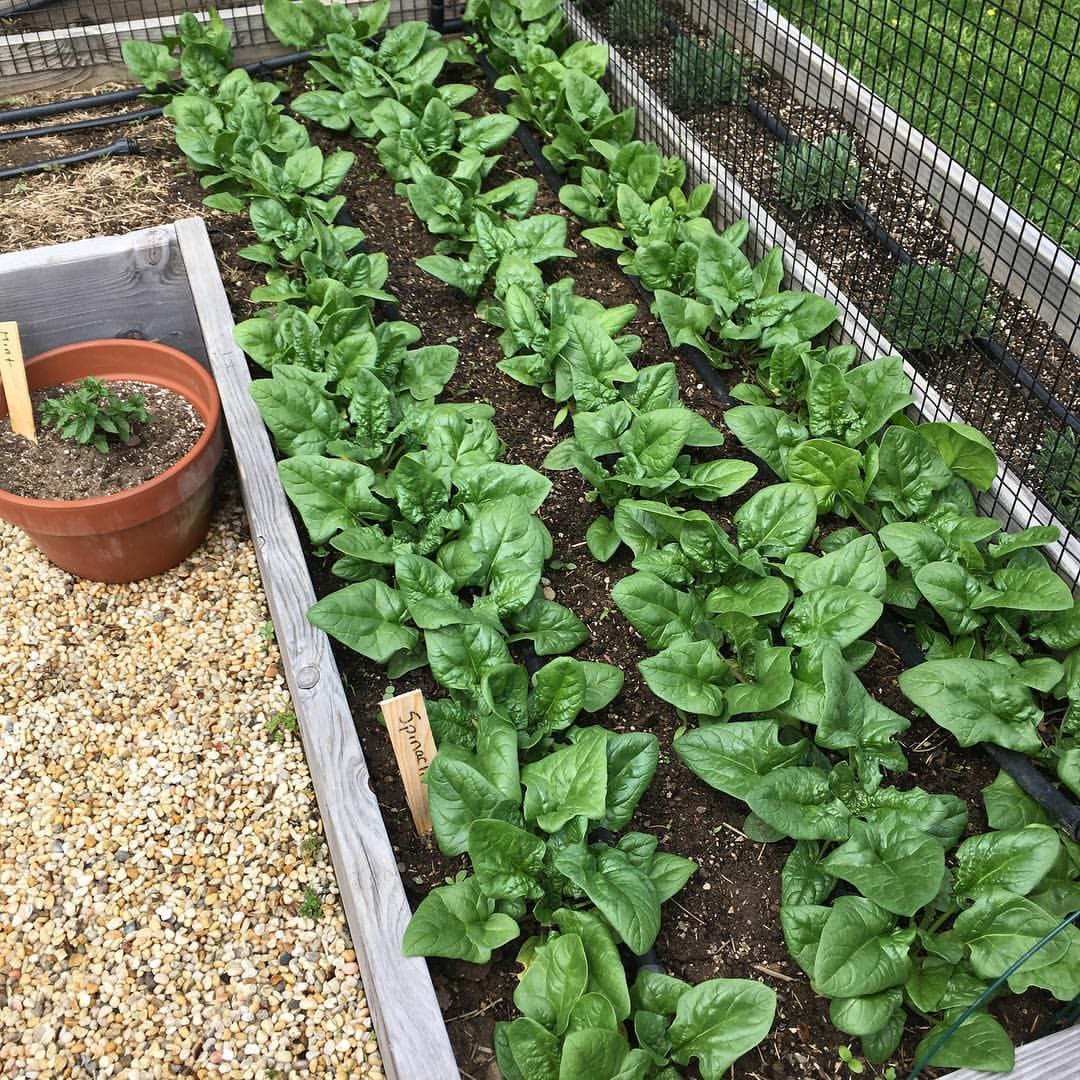

HARVEST: For baby leaf: Harvest when leaves reach desired size in 3–5 weeks, depending on time of year and speed of growth, making sure to cut above the basal plate for cut-and-come-again harvests. SUCCESSION PLANTING: For a continuous supply, sow every 7–10 days.
#SPINACH SEEDLINGS FULL#
For bunching and full size: Sow 10 seeds/ft., 1/2" deep in rows 12–18" apart. DIRECT SEEDING: For baby leaf: Sow 3–5 seeds/inch in rows at least 2" apart. Transplanting can help ensure full stands if germination has been difficult, either because of warm soil temperatures or diseases like damping off. TRANSPLANTING: While direct seeding is customary, some growers choose to transplant their spinach, especially using the Paperpot Transplanter. Using floating row covers offers additional winter protection. Spinach can also be planted from late summer through the winter in protected structures for fall, winter, and spring harvest, though growth rates are much slower. Sow in mid-to-late summer for a fall harvest. If sowing must be done during warmer weather, irrigating can help cool the soil and improve germination. Summer sowing in soil over 85☏ (30☌) risks low or erratic germination. Begin sowing in early spring as soon as the ground can be worked. Place each seedling into its own hole and cover with a mixture of compost and soil.SCIENTIFIC NAME: Spinacia oleracea CULTURE: Spinach grows in a wide range of soils if moist and fertile but is sensitive to acidity pH should be at least 6.0, preferably 6.5–7.5. To avoid any trouble, just plant the entire cup or section, including the dirt.ĭig a hole as deep as the section you grew each seedling in, or about 3-4 inches deep. Spinach, like peas, have delicate root systems.

When transplanting spinach seedlings, you will want to be extra careful about your plant’s root systems.

Mix this in well and plan on your spinach plants growing 4-6 inches from each other. Add in some form of extra nitrogen boost such as bone meal. Place some compost in the soil you will be using. You should do this if you are planting seedlings you grew indoors or if you are direct sowing seeds into the ground. Spinach is a hungry plant so it does need some extra care when making the soil ready for it to be planted.
#SPINACH SEEDLINGS HOW TO#
How to Prepare the Soil for Spinach Seedling Transplanting This process should only take a couple of days to complete. After a couple of days, leave them out both day and night. To do it, just bring your seedlings outdoors and place them in a spot like your protected porch and leave them out for the day, bringing them inside. This is a simple process that just involves leaving your seedlings outdoors for a few days to get them used to outside temperatures as well as elements. If you started your spinach seedlings indoors, you may need to do a hardening off process before planting in the ground outdoors. How to Harden Off Spinach Seedlings for Transplant Here are some tips for transplanting your seedlings to your garden for a great spinach harvest. Transplanting spinach can be done with just a little bit of extra care. You may see information about how you shouldn’t transplant spinach, but the truth is, starting seedlings before transplanting them outdoors can speed up the season and help you harvest earlier. Use this guide on how to transplant spinach seedlings to safely transplant spinach whether you started it indoors or bought seedlings from your local nursery.


 0 kommentar(er)
0 kommentar(er)
